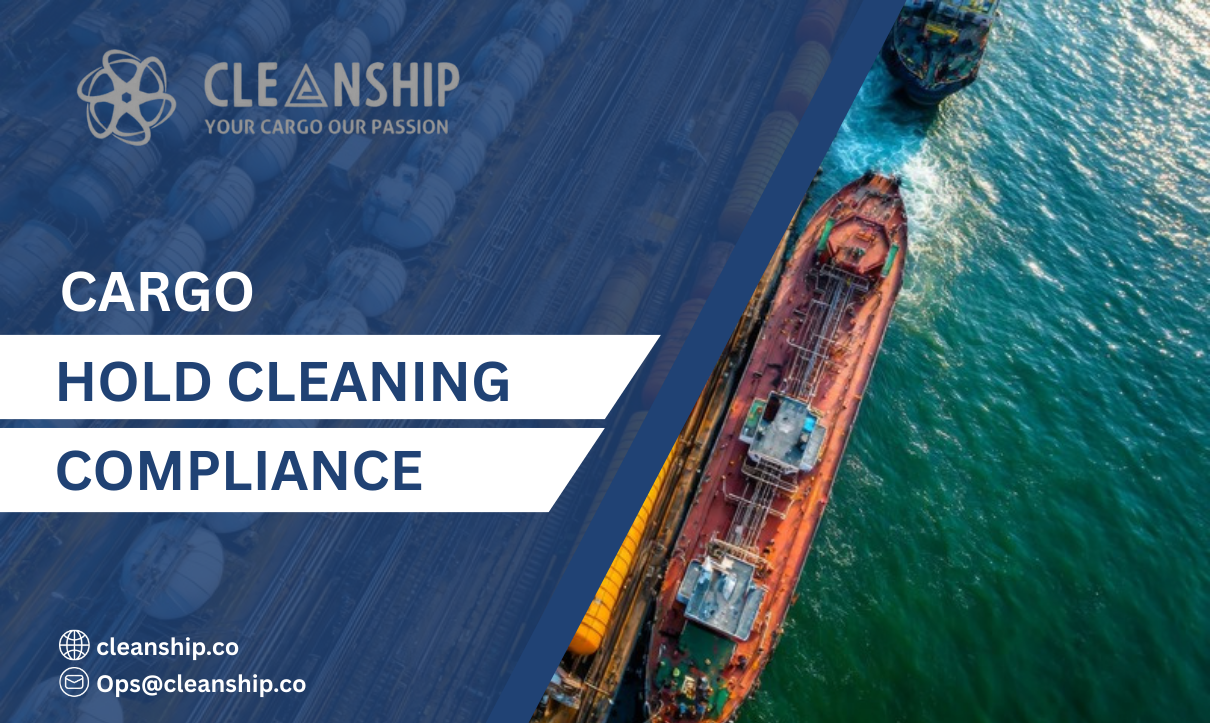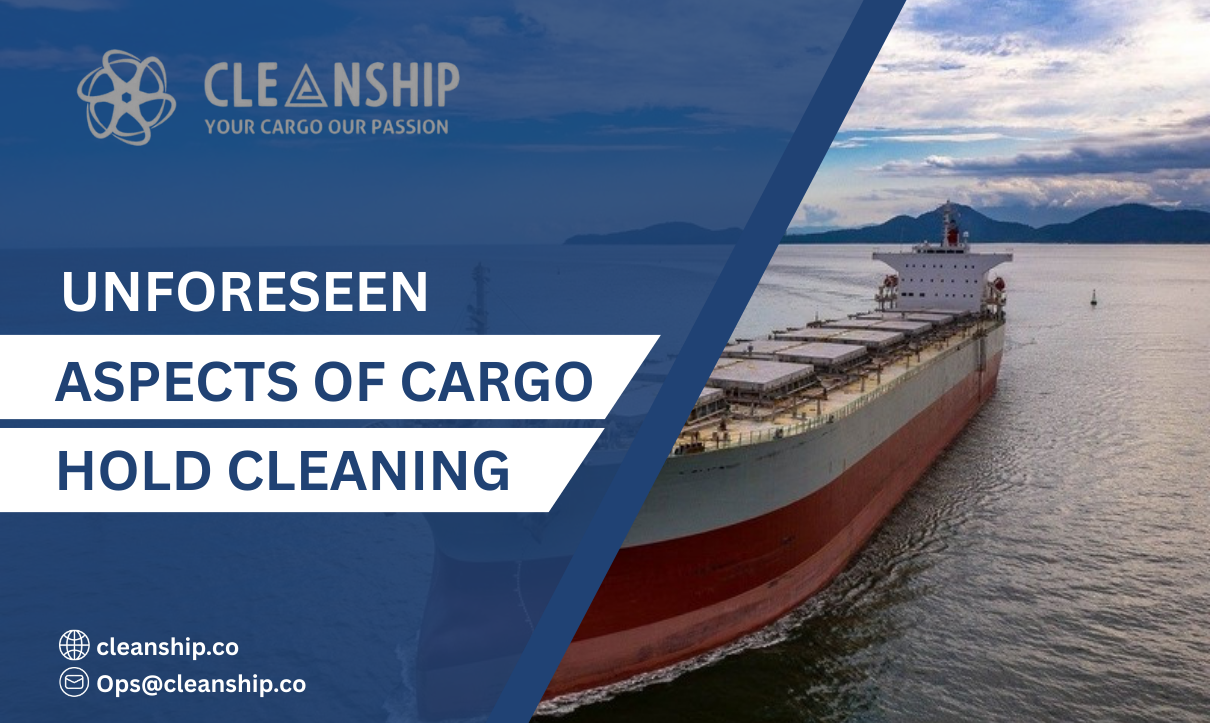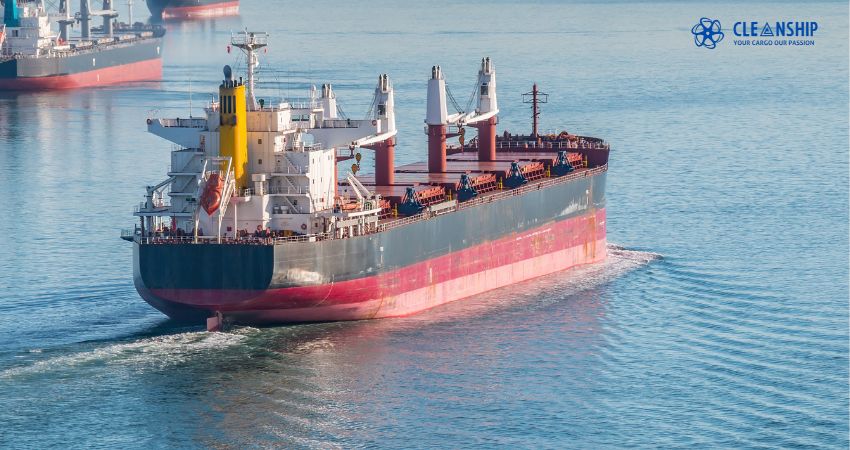Bulk carriers are the workhorses of the maritime industry, transporting extensive quantities of raw materials along with coal, grain, ore, and cement throughout the globe. Because of the character of the shipment, keeping cleanliness on those vessels is required for operational performance, protection, and compliance with global standards.
The cleaning method of bulk carriers is difficult and multifaceted, involving different techniques, tools, and problems. In this article we will give you complete info on ways bulk providers are cleaned, highlighting the importance and methods used in this important aspect of maritime operations.
Importance of Cleaning Bulk Carriers
Cleaning bulk carriers is required for several reasons:
1. Cargo Safety: Residual cargo can contaminate the new load, affecting its quality and marketplace cost. For example, remnants of coal can harm agricultural merchandise.
2. Preventing Cross-Contamination: One-of-a-kind shipment types can react with every different, imposing safety dangers. Powerful cleaning prevents such dangers.
3. Compliance: International maritime guidelines require ships to be wiped clean to prevent environmental pollutants and hold hygiene standards.
4. Efficiency: Clean ships ensure smoother operations, lowering downtime and maintenance costs.
Preparation for Cleaning
Before cleaning begins, several preceding steps are undertaken:
1. Inspection: An intensive inspection is carried out to evaluate the kind and volume of residues present.
2. Planning: A cleaning plan is developed mainly based on the cargo kind, residue quantity, and required cleanliness stage.
3. Safety Measures: Making sure safety is paramount. Protecting gear, right airflow, and safety protocols are installed location to protect the group from dangerous substances.
Cleaning Methods
Cleaning methods for bulk carriers vary depending on the type of shipment residues and the ship’s design. The primary plans consist of:
1. Dry Cleaning
1. Sweeping: The first step entails sweeping the cargo to eliminate loose residues. this can be accomplished manually or with the use of mechanized sweepers.
2. Vacuuming: Industrial vacuums are used to suck up the finer waste that sweeping cannot dispose of.
3. Scraping: Stubborn residues stuck to surfaces are scraped off using handheld or mechanical scrapers.
2. Wet Cleaning
1. High-Pressure Washing: High-stress water jets are employed to dislodge and wash away residues. This process is powerful for destroying sticky or compacted materials.
2. Chemical Cleaning: Specialized cleaning agents are used to dissolve or loosen residues that water on its own can not remove. The choice of chemicals depends upon the kind of shipment formerly carried.
3. Steam Cleaning: Steam is used to clean and disinfect the holds, particularly useful for natural ruins or whilst a high level of sanitation is needed.
3. Drying:
After wet cleaning, the cargo holds must be thoroughly dried to control corrosion and prepare for the following load. Ventilation fans and dehumidifiers are commonly used for this reason.
Specialized Cleaning Techniques
In certain cases, specialized cleaning procedures are required:
1. Cargo-Specific Cleaning: Certain cargoes like cement, fertilizers, or chemical substances require specific cleaning protocols to successfully dispose of residues and prevent contamination.
2. Robot-Assisted Cleaning: Advanced technology, which includes cleaning robots, is increasingly being used. Those robots can access hard-to-attain areas and provide extra efficient and thorough cleaning.
Challenges in Cleaning Bulk Carriers
Cleaning bulk carriers comes with its own set of challenges:
1. Residue Adherence: A few cargoes, like cement or coal, go away residues that adhere strongly to surfaces, making them difficult to destroy.
2. Structural Complexity: The layout and shape of cargo holds could make getting right of entry and cleaning hard, particularly in corners and tight spaces.
3. Environmental policies: Complying with strict environmental guidelines regarding waste disposal and chemical use requires cautious planning and execution.
Environmental Considerations
Environmental sustainability is a significant consideration in the cleaning process:
1. Waste Management: Residues and cleaning waste must be disposed of responsibly to save you from environmental pollution. This includes the right collection, treatment, and disposal in keeping with worldwide policies.
2. Chemical Use: The usage of cleaning chemical substances is cautiously managed to limit environmental effects. Biodegradable and non-toxic chemical substances are desired.
Read Also: What Is The Purpose Of Hold Cleaning
Conclusion
The cleaning of bulk carriers is an important process that guarantees the safe, efficient, and compliant operation of these maritime giants. It involves an entirety of manual hard work, superior generation, and strict adherence to protection and environmental standards.
Because the shipping industry continues to adapt, so do the methods and technologies utilized in cleaning, making it an ever-advancing discipline that plays an essential function in global trade. Powerful cleaning no longer most effectively protects shipment integrity and delivers longevity however additionally upholds the environmental stewardship that is increasingly demanded in the ultra-modern world.
FAQs:
1. What type of cargo is a bulk carrier?
There are mainly 3 types of cargo in bulk carriers: Dry bulk carriers, Liquid bulk carriers, and Gas carriers.
2. Can bulk carriers carry oil?
No, bulk carriers are designed for dry cargo like coal and grain, not liquids such as oil or other chemicals.






Leave A Comment